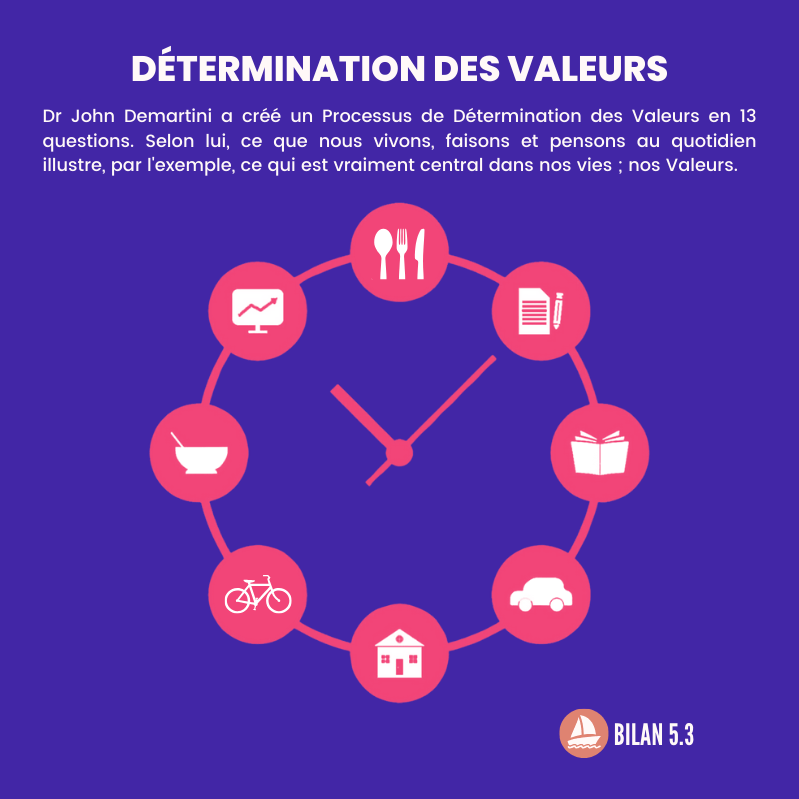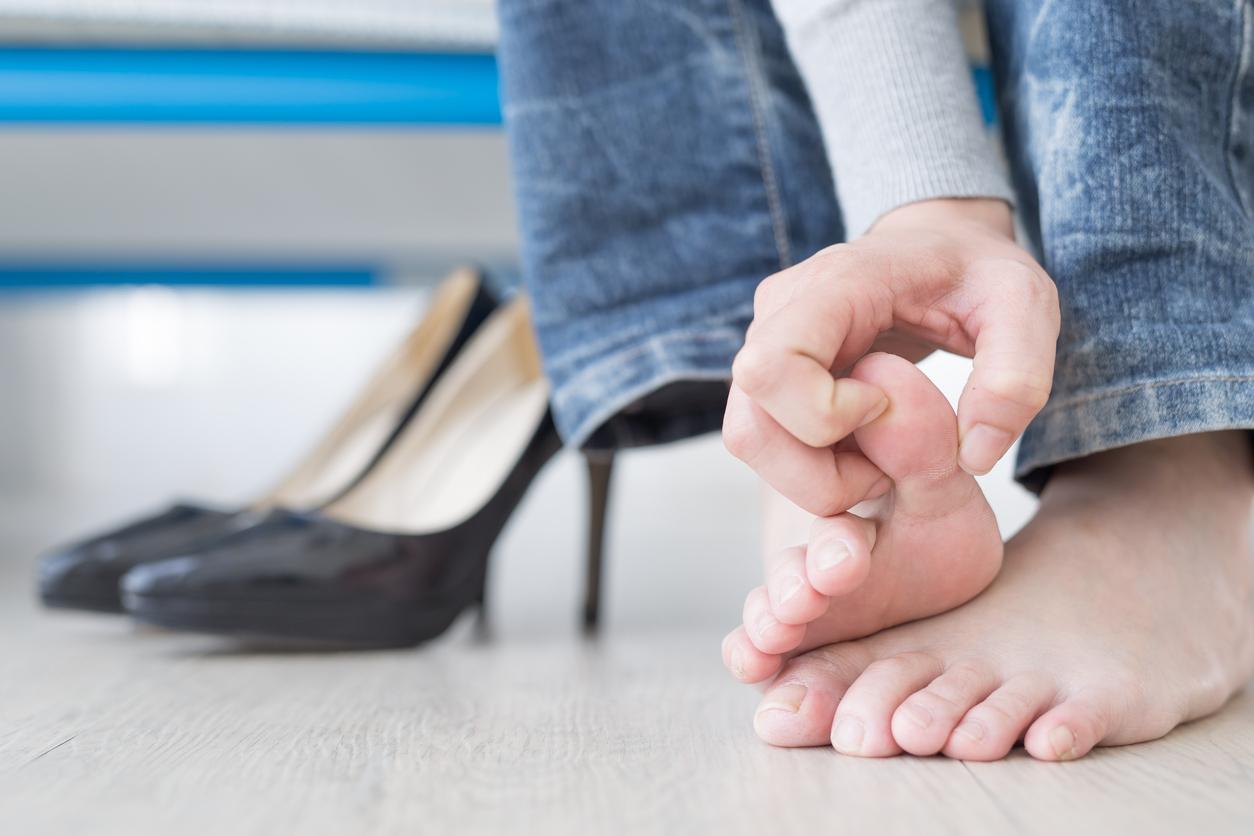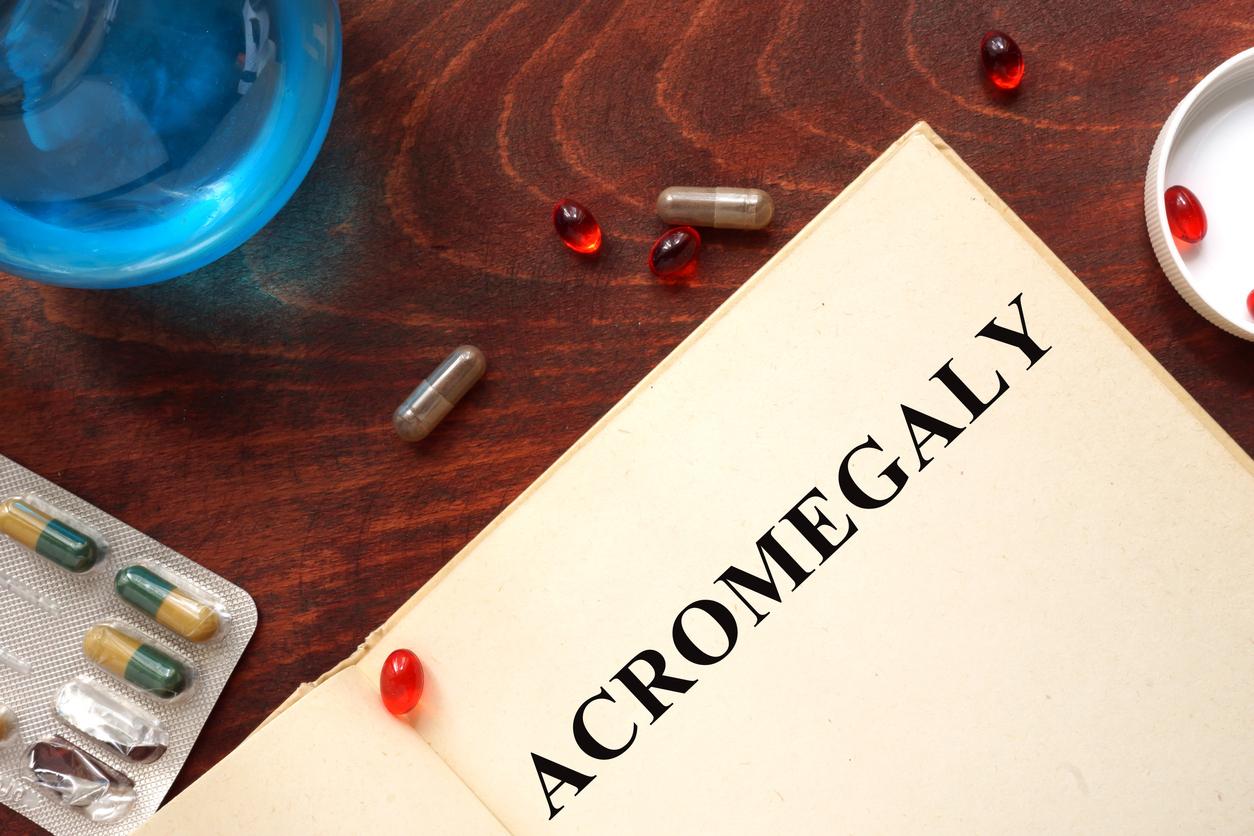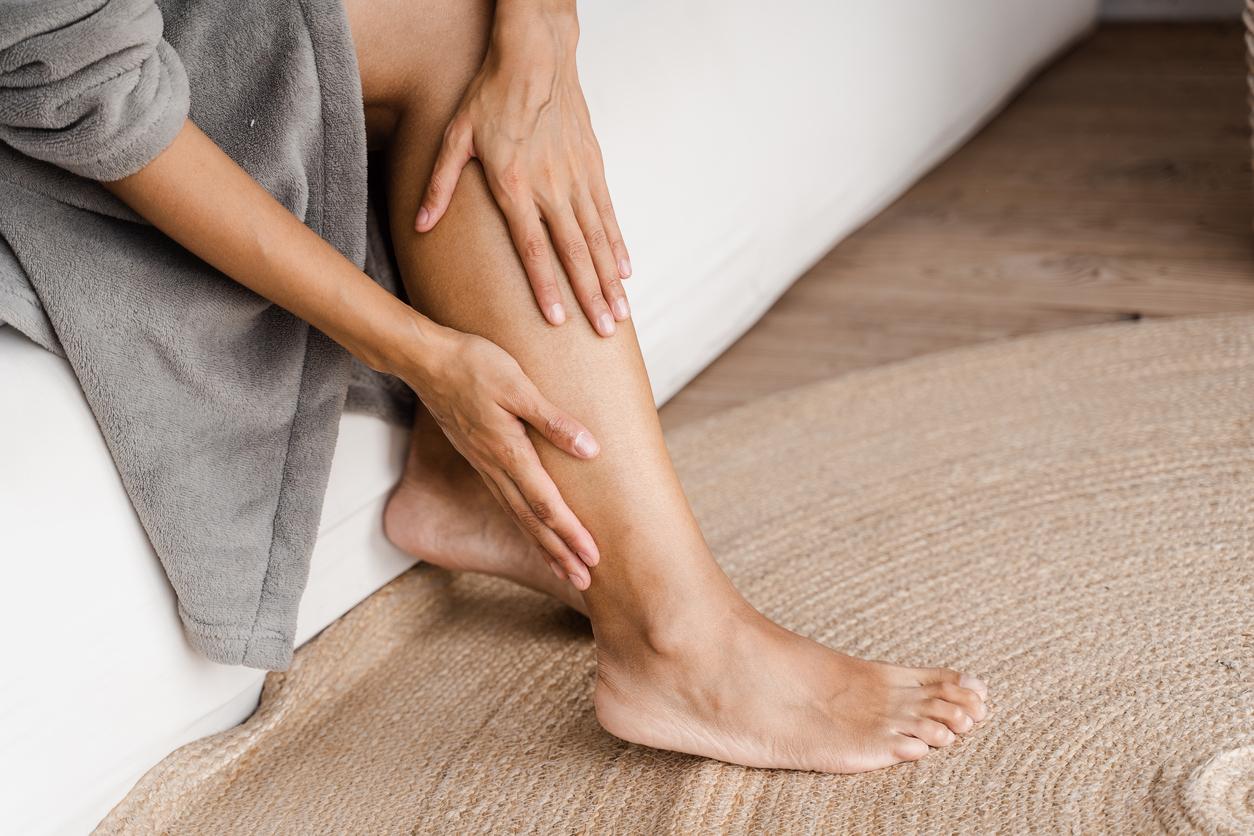
Answered by podiatrist Sepp Mortelmans
Podiatrist Sepp Mortelmans receives many questions from visitors every day about problems with their feet, such as numbness, pain, cramps and inflammation. Read seven frequently asked questions about foot problems here.
1. I have cramps in my calves when walking. How come?
‘Cramps in the calves when walking can have various causes. It may be that you suffer from a faster acidification in your calf muscles, it may be that your calf muscle is under too much tension when walking, … Sometimes there is a vitamin or mineral deficiency (usually magnesium deficiency) in people who suffer of walking cramps. In extremis it could be blood vessel constriction. If you are concerned about this, you should discuss this with your doctor.
You can in any case try the following tips to see whether you suffer from cramps less often when walking:
- Do stretching exercises before and after walking to properly stretch your calf muscle.
- Walk more on a paved road instead of on soft forest paths.
- Wearing compression stockings while walking.
You can also make an appointment with a podiatrist in your area. He can look with you at how you stand and walk and point out or rule out possible causes of the cramps.’
When the worst cramp is gone, a good massage can improve blood flow and restore rest in the muscle. A massage foot bath can offer a solution. Nice gift idea!
2. I have a numb foot due to polyneuropathy. What now?
‘In polyneuropathy you do indeed have to deal with an ever-decreasing feeling in the feet (sometimes also in the hands). Because you get a reduced feeling in your feet, you often walk and stand more unstable. Because the small nerves no longer properly transmit signals to your brain about how you stand or walk in space, you do indeed stand or walk more insecurely.
Unfortunately, there are no miracle cures for this. Training the stability of the foot/ankle and knee can help to stand and walk a bit more stable. You can look up specific exercises for this, or make an appointment with a physiotherapist. They are specialists in training muscles and stability. In addition, it can help to wear more sturdy shoes, possibly with podiatric soles. This allows the support of the feet to be increased, so that you often stand a little more stable. Nor is it a panacea here, but a real aid.’
3. I have diabetes and feel like I’m walking on pillows. How come?
‘Since you have diabetes and feel like you’re walking on cushions, you may have early-stage neuropathy. Neuropathy is a condition of nerve endings of the foot that is more common in people with diabetes. The test with a foot prick that they do at the doctor is to see if the superficial feeling in the feet is still good.
If you still feel that skewer well, the feeling is certainly still sufficient. It is possible that you have an abnormal gait pattern, which causes the nerves in the ball of the foot to become wedged. This can also cause the symptoms you have. I would recommend that you make an appointment with a podiatrist in your area. They can look with you at what may be the cause of your complaints.’
4. I have calluses pressing against my toe. How come?
Calluses on your foot are always caused by too much pressure in a certain place. It may be that your gait is abnormal, causing too much pressure somewhere, or it may be that a certain place is pushing somewhere in the shoe. In any case, there must always be too much pressure somewhere to start making calluses.
I recommend that you schedule an appointment with a podiatrist near you. A podiatrist can look together with you at the possible causes of the pressure (deviations in posture, wrong walking, footwear, etc.) and can also look at various options with you to reduce the pressure in that place and possibly reduce your complaints.’
5. My tendon plate is inflamed due to overload. What can I do about it?
‘Overload complaints to the tendon plate are quite persistent complaints that have a slow recovery. The problem with this is that you keep walking on your feet. For example, if you have something on your hand, you use that hand a little less and it recovers quickly. But you can’t not walk.
A podiatric sole provides support to the arch of the foot, so that the tendon plate is less stressed during walking and it has the chance to recover. In addition, it is important to regularly stretch the calf muscle, so that it can also put less tension on the tendon. In general, you can count on three months to a year before the pain completely disappears. I usually tell patients that after two months you can count on about a 50 percent improvement in pain symptoms. If this is not the case, I advise you to contact your podiatrist again to discuss this with him/her.’
6. I have hallux valgus and pain in the ball of my foot. What now?
‘I’m sorry that you have pain in your feet. People with hallux valgus are indeed more likely to suffer from pain at the ball of the foot. This is because the movement of the foot is disturbed by the hallux valgus. The hallux valgus ensures that there is less movement in your big toe joint. Sufficient movement in this joint is important to make a good transition while walking. If the movement in this joint is limited, you will roll more over the ball of the foot, causing overload complaints (pain) here.
On the other hand, because of the hallux valgus, your foot does indeed widen, so it also gets pinched in most ready-to-wear shoes. This can cause the nerves between the metatarsal bones to become pinched, again resulting in pain. Podiatric soles try to relieve the ball of the foot as much as possible, but soles also imply that extra space is taken up in the shoes. So it is difficult to correct the foot properly and still have enough space left in the shoes.’
If the complaints do not improve with soles and good shoes, you can always ask your doctor for advice again. He may then give you a referral to the orthopedic surgeon. They can also look at the surgical options there.’
7. I have diabetes and have a black toe. What now?
‘If you are a diabetic patient and have a black or blue toe, I advise you to go to the doctor immediately. It can be something very harmless, but it can also be something serious. I certainly wouldn’t just carry on with this.’
Do you also have a question? Then ask one of our experts. Always go to your doctor with urgent questions, the experts are not the right person for that. They also do not diagnose. You can find the other conditions here.
Sepp Mortelmans is a podiatrist for RondOm Podotherapists. He followed his training in Belgium and has been working in the Netherlands since 2011.













